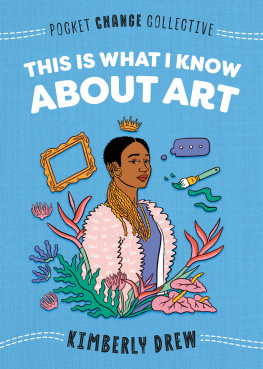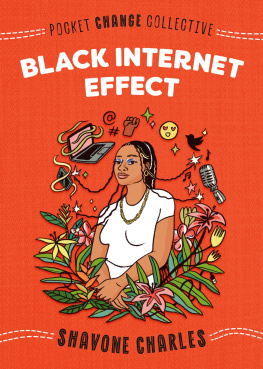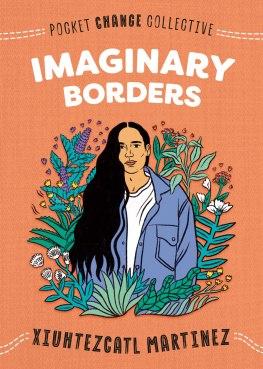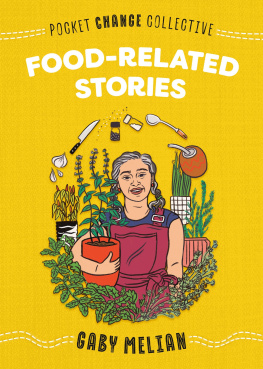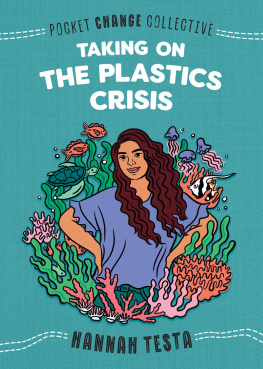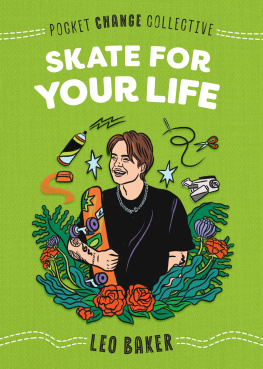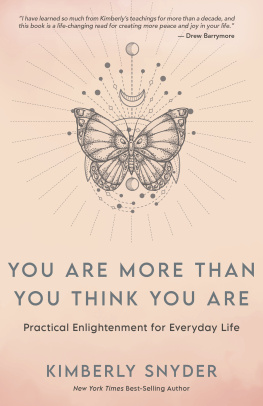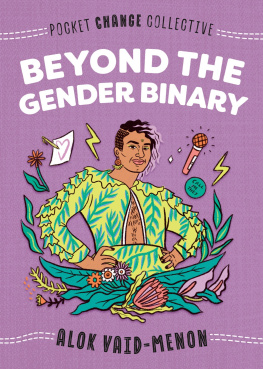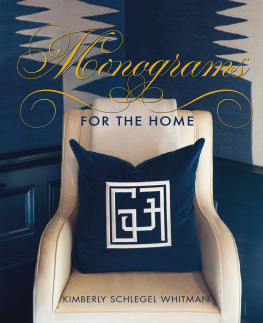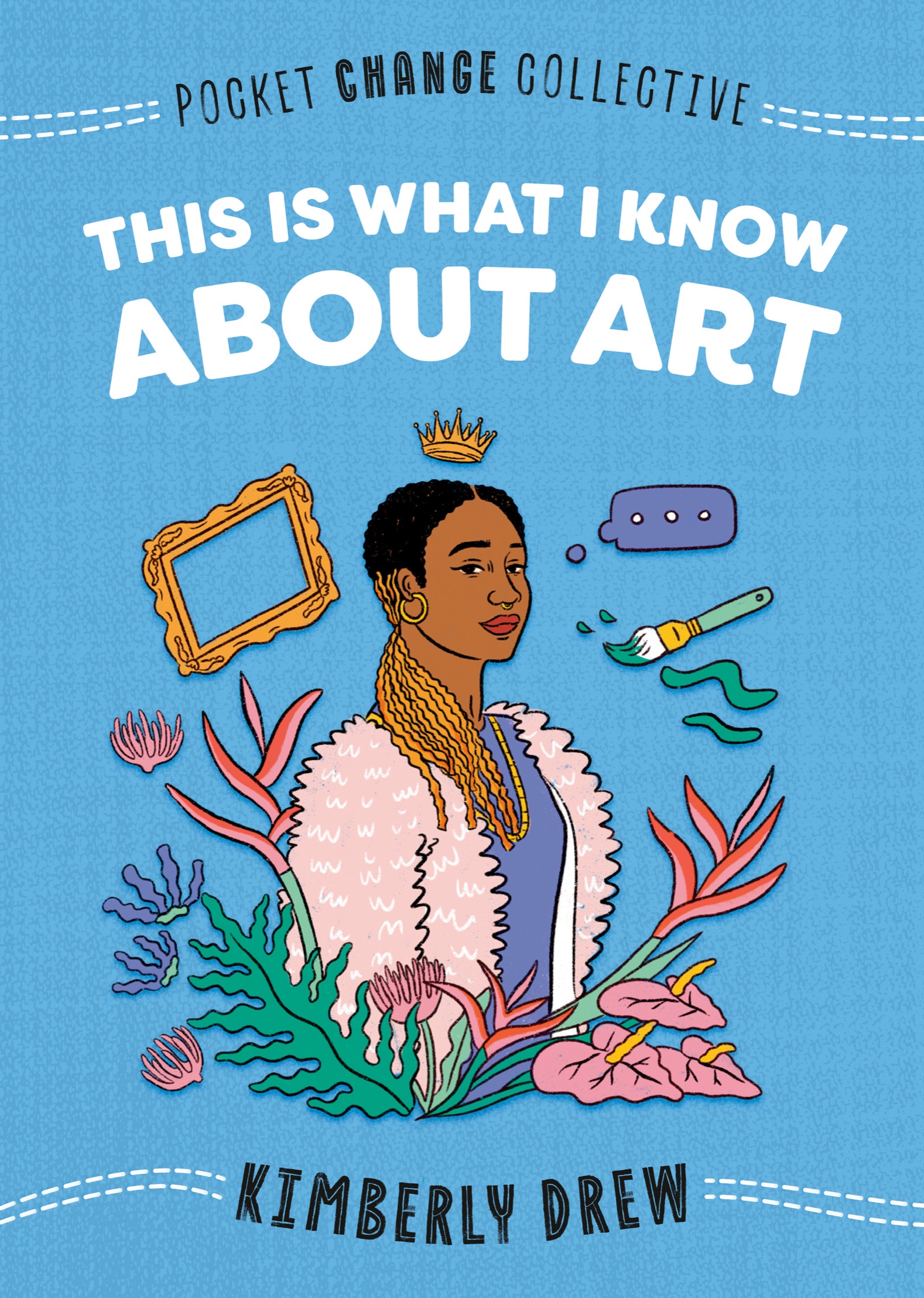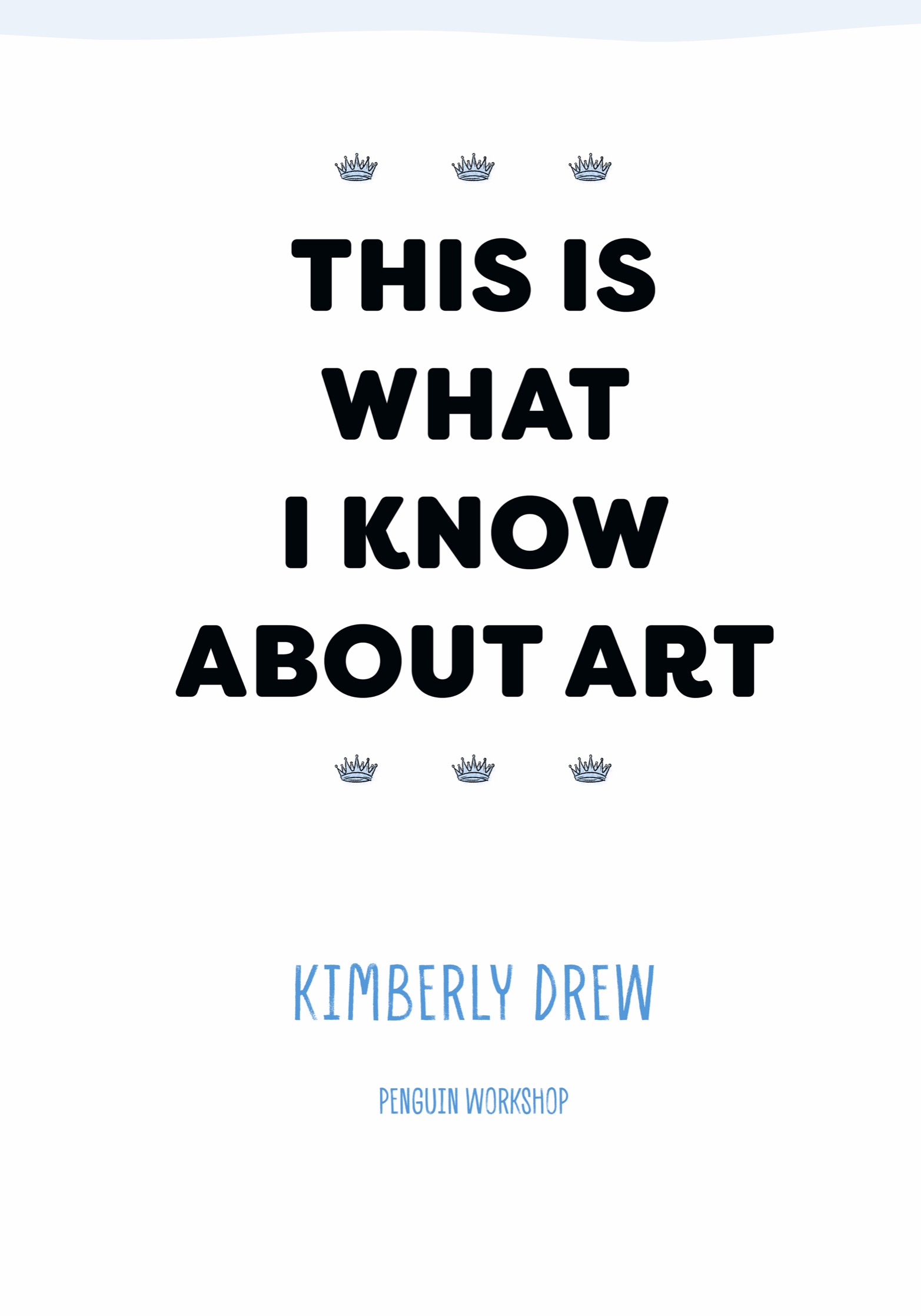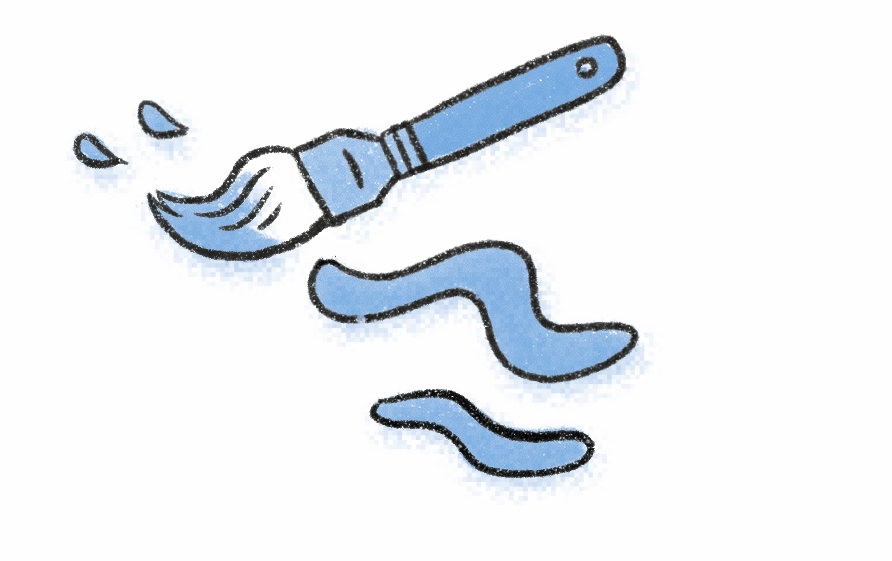
PENGUIN WORKSHOP
An Imprint of Penguin Random House LLC, New York

Penguin supports copyright. Copyright fuels creativity, encourages diverse voices, promotes free speech, and creates a vibrant culture. Thank you for buying an authorized edition of this book and for complying with copyright laws by not reproducing, scanning, or distributing any part of it in any form without permission. You are supporting writers and allowing Penguin to continue to publish books for every reader.
The publisher does not have any control over and does not assume any responsibility for author or third-party websites or their content.
Text copyright 2020 by Kimberly Drew. Illustrations copyright 2020 by Penguin Random House LLC. All rights reserved. Published by Penguin Workshop, an imprint of Penguin Random House LLC, New York. PENGUIN and PENGUIN WORKSHOP are trademarks of Penguin Books Ltd, and the W colophon is a registered trademark of Penguin Random House LLC.
Visit us online at www.penguinrandomhouse.com.
Library of Congress Cataloging-in-Publication Data is available upon request.
Ebook ISBN 9780593095461
pid_prh_5.5.0_c0_r0
Thank you to my family for raising me to be the best version of myself. None of my accomplishments would be possible without a childhood bathed in love and encouragement. And thank you to my friends for taking the baton and running with me full speed into a more loving, beautiful future. I would be nothing without each and every one of youKD
Thank you for choosing this book. Whether youre at the checkout of your favorite store, in transit, or you graciously accepted this book as a giftIm glad that youve opened it and are taking a chance on something new. Books can be intimidating. They might be fun to look at, but reading and digesting a text can be tough. Like change or progress, reading takes time. So whether you read straight through or pick this book up here or there, Im excited to be in conversation with you.
In all honesty, I never thought that Id write anything that would find an audience. For most of my life, I thought that the written word, especially books about art, could be written only by scholars and people with fancy doctoral degrees. The truth is: We all have the power to engage with and write about art.
I had ambitions to present a broad lesson on art history and protest, but as I began my research, that felt disingenuous. I revisited writings by art historians Lucy Lippard and Susan Cahan, among others, but I wanted to talk about my own journey with art. Im not your typical art historian. I am not your typical activist. I am still learning what art and protest mean to me. And so, this book is more about my journey through art toward activism. This book is about discovery, confusion, and progress.
Simply, I want to share my stories with the hope that you may find your own journey and make the changes that you want to see in the world.
As I write this book, organizers are staging boycotts of museums and art programs worldwide. People are fighting for equal pay, demanding changes in leadership, and so much more. We are in the middle of a hot, fiery mess, and I dont think anyone currently working in the field has the solutions to resolve any of these issues easily.
Art and protest will forever be bound together. And the beautiful thing about art, like activism, is that it allows us space to be curious and learn. Sharing art has helped me learn how to make my voice heard and ask better questions.
If being in the arts has taught me anything, it is that one of the wisest things anyone can say is I dont know.
This book is about what I do know.
THIS IS WHAT I KNOW ABOUT ART
My first art-related memory (as told by my mother) is from kindergarten. From a very young age, I have known my lane. When assigned art projects, I would trade my lunch for artwork made by my classmates who I knew had better art skills. Why make my own drawings when I knew someone who could do it better? I like to think of kindergarten as my first workshop in art activism: I refused my teachers expectations, turning instead to my immediate community of peers so that I would not have to perform labor I had no interest in performing.
This is not to say I did not love art or expression from a young age. Growing up, I loved visiting art spaces. I enjoyed the sense of calm in each gallery. My fathers two sisters instilled a love of fine art in me, and during family gatherings, visiting a museum would usually be on the itinerary. My mothers brother DJd in the 1970s and 1980s, and my godmother went to the Boston Conservatory at Berklee. Art and self-expression were essential pillars in my childhood. But, even with early exposure to art and art spaces, I never would have dared to dream about working in the arts in the capacity that I do now. Art was always in the background, but it wasnt until my sophomore year of college that working in the arts felt like a possibility for me.
Unlike my first year, my second year at Smith College didnt start with excitement about classes or hanging out in the Campus Center; it started with a rigorous campaign at Smiths Office of Student Financial Services. I was depressed, burned-out, and I felt like I was failing in every direction. Id had my heart broken for the first time that summer by my first girlfriend, and my grades were terrible. I had been working so hard to be admitted to an elite college, but in my first year I felt like I was wasting my opportunity. Id spent my high school years at an elite boarding school feeling like the beneficiary of affirmative action, and while I knew I had potential, my grades were lackluster and an unwelcome reminder of my insecurities.
On top of my heartbreak, my grandfather passed away my first year of college, and while we were never close, his death had a tremendous impact on my financial aid package. My immediate family did not inherit any money, but the federal government thought otherwise. This nightmare, one experienced by so many families trying to pay for college, only worsened when I couldnt enroll in classes for the fall semester due to financial holds on my account. I took on the maximum number of work-study hours and petitioned for a private loan to support myself.
It was a privilege to have been admitted to Smith, but it was a struggle to maintain my dignity when I trudged uphill from the quad toward that financial services office every morning to plead my case for additional funding.
My education came at a high pricean emotional one and a monetary one.
That December, my academic adviser, Kevin E. Quashie, recommended that I apply for a summer internship at the Studio Museum in Harlem, a museum dedicated to showing art by people of the African diaspora, or the Schomburg Center for Research in Black Culture at the New York Public Library. Up until that point, Id pinballed among several possible majors, studying mathematics, chemistry, engineering, and architecture (even though I hate to draw). I thought I

